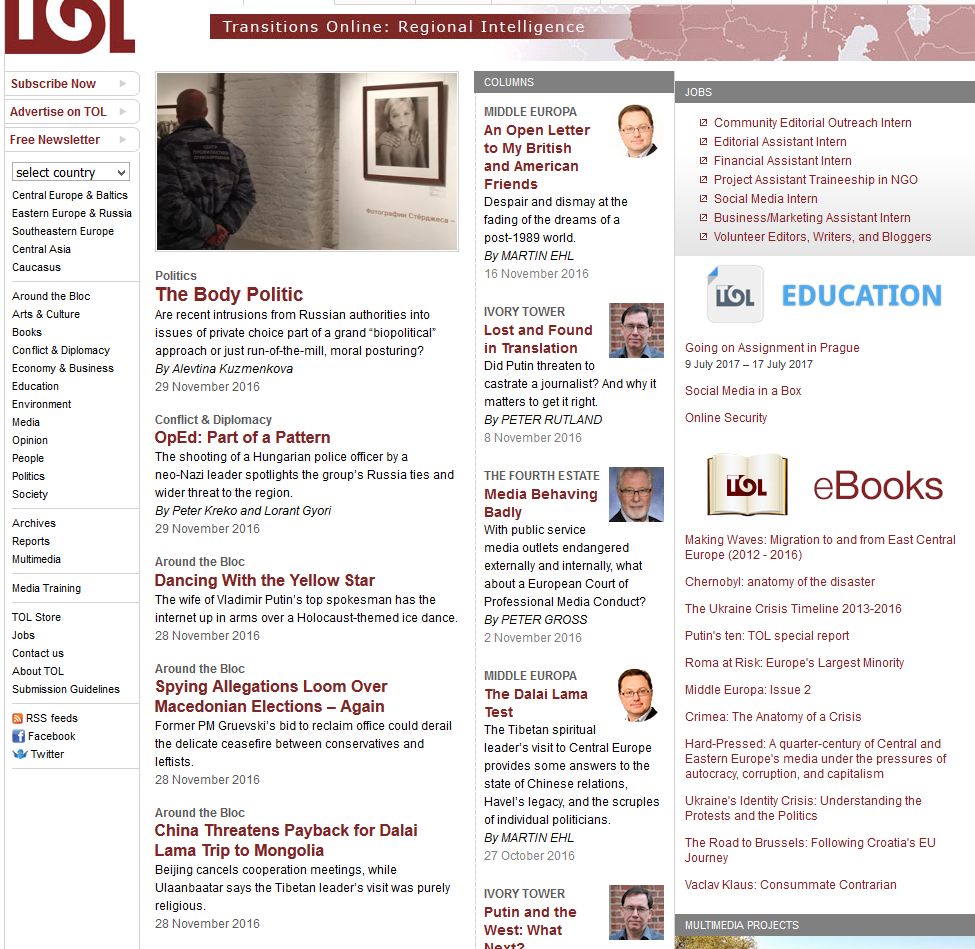
Around the Bloc: Russian Patriarch Gives Blessing to Bombing Campaign in Syria
Orthodox Church head backs Moscow's ‘defensive war’ in Syria, as activists slam Russia’s alleged use of cluster bombs.
More...We kindly inform you that, as long as the subject affiliation of our 300.000+ articles is in progress, you might get unsufficient or no results on your third level or second level search. In this case, please broaden your search criteria.

Orthodox Church head backs Moscow's ‘defensive war’ in Syria, as activists slam Russia’s alleged use of cluster bombs.
More...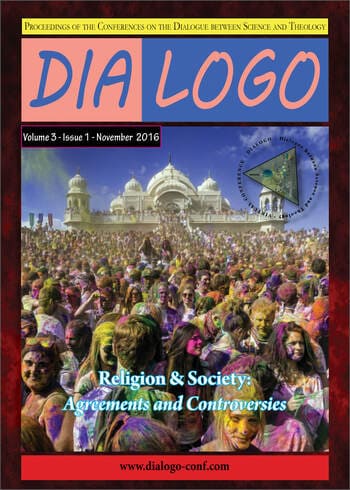
Lucia Stănescu shined on the stage of the Lyric theater for 32 years, both in the country and abroad. The lirico spinto soprano, revealing a strong artistic personality, became a model in what concerns the performance of the roles of Puccini, and not only. Her vivacious and flexible voice combined with her magnetic and convincing theatricality in every role she had performed. Lyrical artist Lucia Stănescu is a person of intellectual refinement, passionate about and devoted to music and its servants, mature or still students. She is, also, a model in what concerns the support of the free movement of values. Professor Lucia Stănescu’s laborious work has been accomplished through the art of molding voices shaped in the manner of a Romanian singing school, carrying the joy of living, of giving, of being.
More...
Unlike the World War II which brought a series of ideologies, such as Nazism and communism as reasons of outbreak, the World War I used religious themes in its propagandistic message, namely the idea to defend the homeland and faith. Religion was present in the propaganda promoted on the fronts of the Great War, and the military clergy – Catholic, Protestant, and Orthodox – supported it. The military clergy have morally supported the soldiers in the trenches, most of them coming from the peasantry and labor still attached to the Christian values. This study is trying to present the efforts of the Romanian military priests enrolled in the Austro-Hungarian and Romanian armies for spiritually helping the Romanian militaries.
More...
The Hesychasm has a unique doctrine which combines many Eastern concepts and connects to a world of the West and the East. This belief practiced a kind of prayer, which is repeated “Lord, have mercy” and it repeats so often that even resembles rather a kind of mantra which appeals to the inner world that unites the human spirit with reality for a conscious perception of their actions with full awareness and sobriety to evaluate absolutely everything. This practice of awareness is practiced in many faiths of the East. One of the closest to realization is the Buddhism. Some researchers even consider Sufism.
More...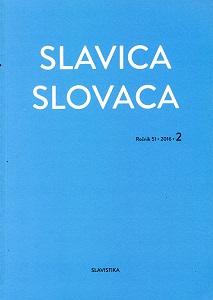
Oriental catechisms represent miaphysitic Christology based on formulations of St. Kyrillos of Alexandria (μία φύσις του̃ Θευ̃ λόγου σεσαρκωμένη). Catholic and Eastern Orthodox catechisms are written in the light of the Christology of St. Leo the Great (Iesus Christus est Deus vere et Homo vere). The analysis of both types of the catechisms shows, that their Christology is orthodox. Doctrine of the Oriental catechisms is made aviable in Slovakia for the first time. Christology, Non-chalcedonian oriental orthodox churces, Chalcedonian churches: Catholic church and Eastern Orthodox church, The Shorter Catechism, Monophysitism,
More...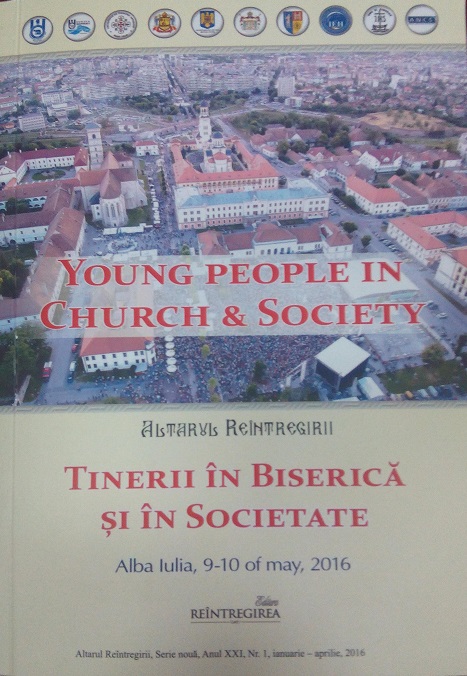
The present study presents the interaction of the Three Holy Hierarchs: Basil the Great, Gregory the Theologian and John Chrysostom, spiritual patrons of theological education, with the values of the secular culture of their time, marked by the expression of antique Hellenism. Interweavinggenius and holiness, the Great Hierarchs of the world in the golden age of Christian Church acquired wisely all that was good in their culture, thusbecoming outstanding intellectuals and perfect men. Accomodating harmoniously Christian teachings to ancient philosophy, which actually playedthe role of “an educator and guide towards Christ”, they can be referred to indifferent ways: Saint Basil - a teacher of the divine and human wisdom, Saint Gregory – an admirer of Christian and secular knowledge, and Saint John –“the most Hellenic of all Christians”. According to the original perspective ofthe Three Holy Hierarchs on the relation between ecclesia and universitas, we understand that the educational purpose consists of an optimal integration ofman in the existing order, in society and in history. Assuming the educational model of the Three Teachers certainly leads to acquiring an inner balance andto living a life of holiness.
More...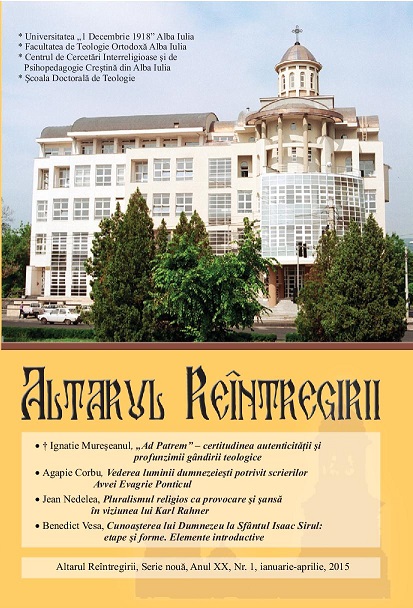
The express intention of this article is to plead for recovering the beauty of the Holy Fathers’ thought. Unfortunately, we are witnessing a peripheralization thereof in our spiritual life. This reality is becoming even more pregnant if we consider the fact that the flavour of Patristic thought is no longer perceived in the structure of our lives as Christians. A return to the Holy Fathers, or a rediscovery of the referentiality of the Patristic tradition in any theological endeavour, can provide us a clear, authentic, fresh, and more profound image of the act of faith, as deification of man. An appeal to the sources is tantamount to finding authenticity and freshness, as well as clarity. The lack of pathos for assimilating the Patristic spirit, as present in the works of the Holy Fathers, results in a “scholasticization” of revealed truth. The Holy Fathers embody the ideal of full spiritualization and communion with the life of the Holy Trinity. Their doctrine is no cold and anemic musing, but the faithful reflection of their life in the Holy Spirit. As their deeds and life, so was their thinking, their cogitation. Their theological interpretation arises from the theology of their life, i.e. theology understood as commitment to and penetration into the way of life of the Holy Trinity.
More...
Holy Trinity, standing out the christological character of this mystical experience, as well as the influence of the contemplative progressed monks over the ChIn his study, the author is analysing the principals Evagrius Ponticus texts, in which this philocalical author speaks about the vision of the divine light. The analyse reveals the gradation in the divine light’s vision, the ontological distinction between the own light mind’s contemplation and the vision of the light of the urch.
More...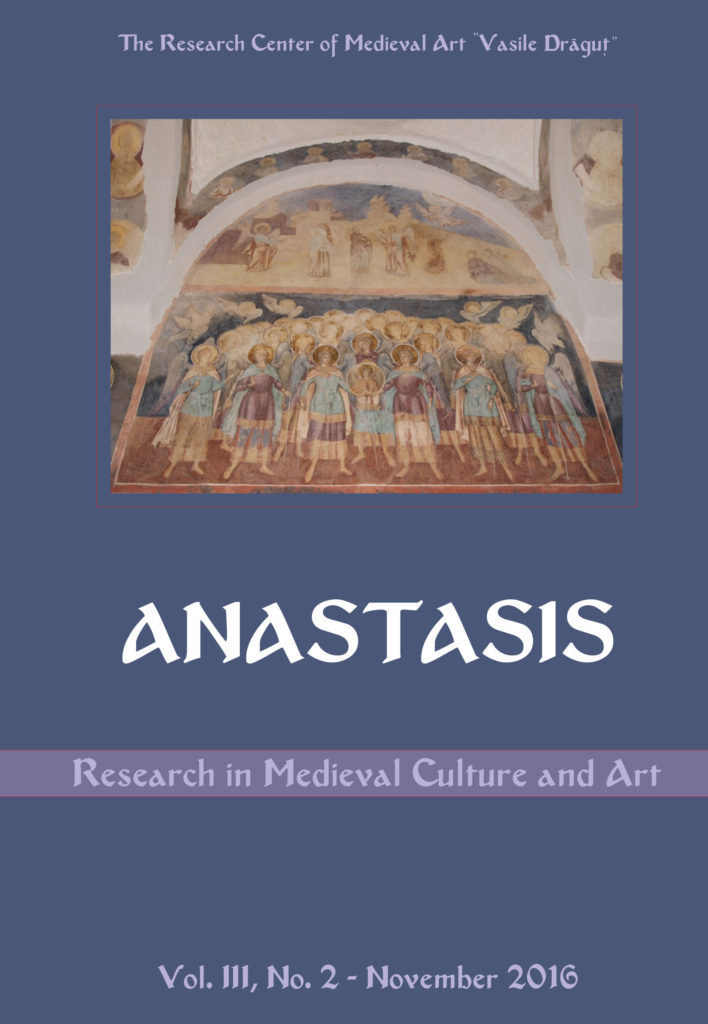
The overpaintings found on the frescoes from SucevițaMonastery, date from periods that remain uncertain due to the rarity ofwritten documents. Probably they were made because of the degradationsthat occurred in time or because of tastes. These interventions are made inoil technique or tempera, for that reason we can date them around the 19thcentury when there was this tendency of painting Orthodox churches in oil.The overpaintings are placed in key position, on the lunette, facilitatingaccess from exonarthex to the narthex or from narthex to the tomb room.In terms of iconography, the overpaintings covered representations like:Anastasis / the Ressurection; The Holy Trinity of the New Testament andVirgin Mary with the thief represented in heaven (detail from the LastJudgement). The present paper tries to make a comparison among the threesurfaces with overpainting, bringing technical arguments regarding thedifferences between them. At the same time, the paper presents detailsabout the methodology applied to cleanning the overpaintings and ithighlights the original image that can bring nuances in the iconographicinterpretation
More...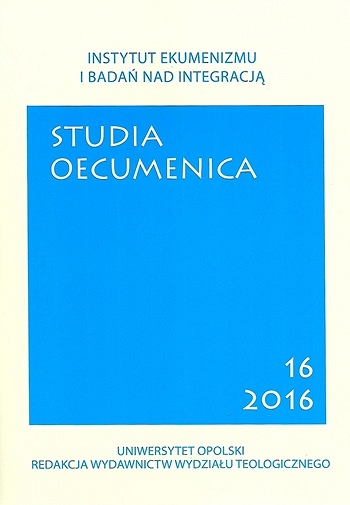
Being sent to the world Christianity had to determine its moral assessment of different worldly realities, war and peace among them. While the Western tradition rather early developed a just war doctrine, the East took a different path. War has constantly been perceived as evil though in some circumstances necessary and hence justifiable (but strictly speaking neither “just” nor “good”). Both the Greek Fathers and later Eastern authors and Church figures, like Ecumenical Patriarch Bartholomew, would develop their understanding of warfare as “irrational” and an obstacle on every Christian’s path to theosis. The Russian Orthodox Bishops’ The Basis of the Social Concept is a rare example of a more elaborated theory of the justification of warfare.
More...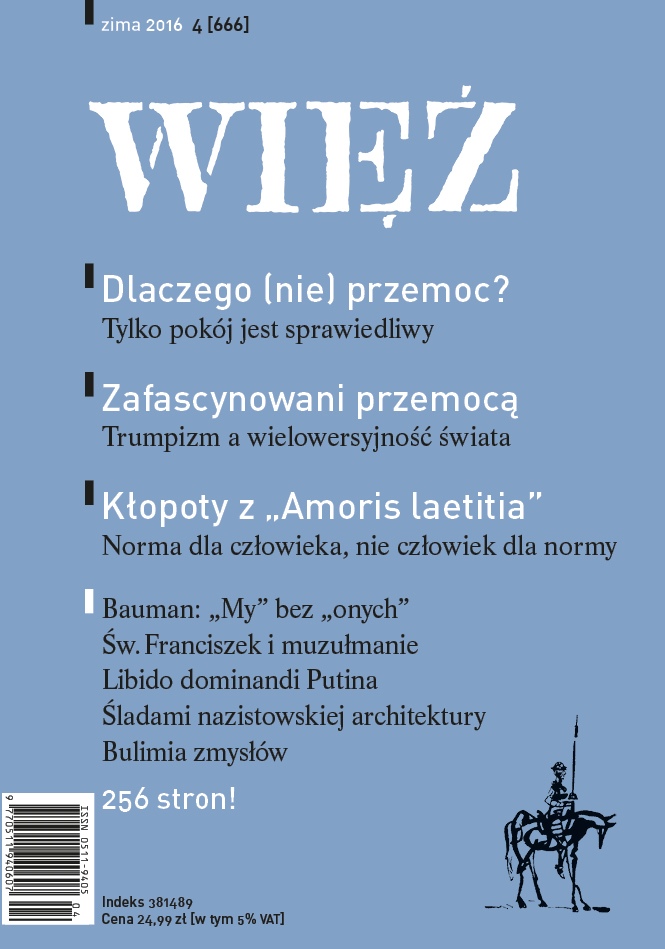
Jeszcze przed ogłoszeniem przez papieża Franciszka posynodalnej adhortacji apostolskiej Amoris laetitia w Kościele katolickim pojawiły się sugestie, że przygotowywany dokument może w kwestii osób żyjących w ponownych związkach niesakramentalnych proponować rozwiązania podobne do tych, które obowiązują w Cerkwi prawosławnej. Co zatem różni wskazania adhortacji dotyczące rozeznania sytuacji duszpasterskiej osób rozwiedzionych od prawosławnego podejścia do sakramentu małżeństwa, a co je do siebie zbliża?
More...
Being a theologian recognised for his deep thinking and also a spiritualleader in Byzantium, Symeon the New Theologian is in the same time atrue Christian, one of the most important mystical Christians of all times.His poetic work, Hymns of Divine Love, reflect visions that are far beyondimagination and terrifying states of mind that have accompanied theunifying experience. The vision of the indefinable, supernatural andparadoxical, is transposed in a language of great poetic delicacy, inimages with a totally unusual expressiveness. The mystical experiencegives birth to a vision in which revelation, innefable in its content, isexpressed due to a poetic language of distinct quality
More...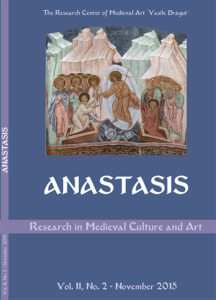
The illustration of the 18th stanza (oikos) of the Akathistos Hymn by the composition of the Crucifixion in some Moldavian monuments is an exceptional iconographic detail. The monuments are St. Nicolas of Probota monastery, St. George of St. John the New in Suceava and the Dormition of the Virgin in Humor. It is relevant to mention the Church of St. Onuphrio's Lavrov monastery in Western Ukraine as well. The composition of the Crucifixion as the stanza of the Akathistos Hymn is met only to illustrate the 13th stanza the oikos N, in some icons of the Cretan painters Georgios Klontzas and Theodoros Poulakis. These icons illustrate the Marian hymn composed by John Damaskenos "All of Creation rejoices in thee" (Ἐπί σοί χαίρει) sung during the celebration of the Liturgy of Saint Basil. Its subject is the glorification of the Virgin and appears in several murals in the Balkans and Russia as well as in Cretan and Russian icons from the 15th c. The Crucifixion as an illustration of the 13th oikos is found in the Klontzas icon kept in the museum of the Hellenic Institute in Venice (second half of the 16th c) and in that of Poulakis in the Benaki Museum in Athens (second half of the 17th c). These works are combining the hymn of the Virgin with the Christological cycle enriched by the episodes of the Passion, the stanzas of the Akathistos Hymn and the assembly of archangels, apostles, saints hierarchs, monks and prophets. The scene of the Crucifixion with the three main persons, Christ, Virgin and St. John, is included in a dome crowning the central composition arranged in concentric circles. The contamination of the Moldavian examples by the iconography of the Cretan icons appears to be certain not only because of the specificity of the choice. The additional argument on the hypothesis is provided by the incorporation of the "All of Creation rejoices in thee" composition in the cycle of the Akathistos to the Moldavian monuments. The fixed presence of the composition "All of Creation rejoices in thee" reflects the popularity of the Marian hymn and the penetration of the iconography of Cretan icons in the Moldavian art. The common hymnographic field seems to have favored the intermingling of the two hymns that glorify the Virgin. It is only through this intersection of the two subjects that Crucifixion was paradoxically inserted into the image of the hymn "All of Creation rejoices in thee". Apart from the extraordinary illustration of the Crucifixion, the Moldavian examples share with the Cretan icons the same effort to merge the two hymns and build an illustrating story of a collective prayer to the Virgin in order to accomplish the eschatological prophecies and fulfill the visions and political ambitions.
More...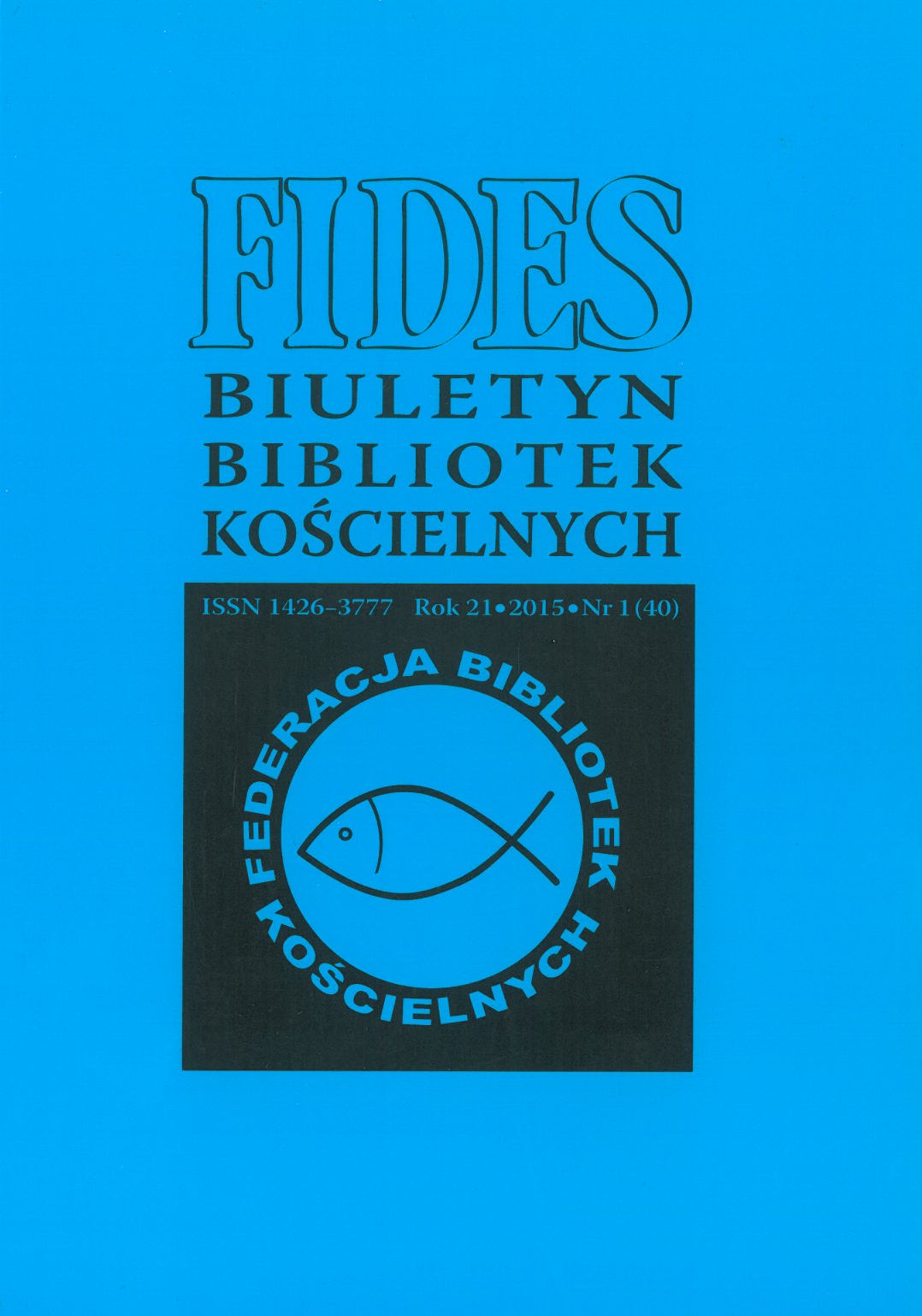
Religious books used by the clergy of Greek Catholic Church and Orthodox Church played a significant role in shaping mentality and development of spirituality of Ruthenian highlanders – Lemkos living on both sides of the East Carpathian Mountains. In the literature concerning Lemkowyna there are few mentions about the role of church books which were used not only to the ministry but also as reading and writing textbooks. Two important catalogues of these books published by the National Library in Warsaw include 535 descriptions of printed works in total stored currently in the collections of Basilian Fathers closter and the National Library. There are many interesting notes of ownership on the printed works representing mainly the old rich collections of the Library of Greek Catholic Chapter in Przemyśl. The notes indicate, inter alia, places where Greek Catholic and Orthodox churches where located. Furthermore, written book price or spells against it’s potential thieves proves the readers’ awareness of book value. The current book catalogues signalize the necessity of comprehensive inventory of church prints gathered in many library, archival, museum and private collections.
More...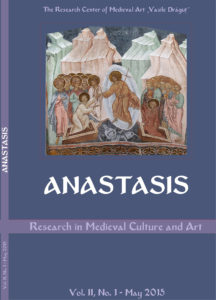
The paintings of “St. George” Metropolitan Church from Suceava, painted both indoors and outdoors in 1534, have been studied only partially so far. By the present study, we aim to provide an iconographic consideration of the paintings within the vaulting system of the nave. Special attention has been paid to the representations of prophets and apostles, inside the tambour of the spire, which display several important peculiarities. In the upper part, there are represented twelve minor prophets and three great prophets, also accompanied by the Prophets Elijah and David. What is astonishing is the fact that the fourth great prophet, Jeremiah, is missing; instead of him, even more surprisingly, Naboth the Israelite is represented – the single image of this character within the class of prophets during the Byzantine and Post-Byzantine epoch. In the case of this unexpected insertion, we have attempted to draw several interpretation tracks, connected with the historical realities of the time. The lower part also contains an uncommon mixture, including eight figures of apostles and prophets each, as well as a little habitual practice of endowing the apostles with texts written on rotuli. The study refers to the repertory of the inscriptions from the rotuli of the prophets and apostles, which are analysed from the perspective of the practices in this field from the Byzantine and Post-Byzantine art, as well as in the context of their liturgical implications. Moreover, the author presented the inscriptions on the rotuli of prophets from the Dodecaorton (The Great Feasts) from the soffit of the oblique arches, also trying to establish a relationship between the prophetical areas of “St. George” Church from Suceava and their evolutions in the Moldavian art from the 15th-16th centuries.
More...
Since the earliest times, music has always been present at all peoples, as each people tried to embellish its cult and the expression of its religious feeling by means of the most significant and deepest treasures it had collected over time. The Orthodox Church has resorted, in its worship, to Byzantine music. The current Byzantine psaltic chant is the result of the historical evolution of the ancient musical art of the Eastern Orthodox Church with its capital at Byzantium. This is, therefore, a final stage of development, wearing new spiritual clothes, purified by the Christian doctrine, developed and crystallized in the Byzantine Empire and holding its own forms and features. The Romanian people, of Latin origin, on the one hand, and of Byzantine spiritual formation, on the other, and a Christian people since its birth, has fully benefited from the universal treasure of Byzantine chant. The Christian missionaries were the first to bring Byzantine and pre-Byzantine chant in these territories (in the early fourth century already, Saint Sabbas of Buzău is attested to “chant psalms in the church”). Many Romanian musicologists have dealt with the existence and the continuity of a genuine Romanian tradition in the field of the sacred chant. Here, on the territory of our country, the Byzantine chant developed new directions, especially due to the institutionalisation of its teaching and practicing, once the first modern schools of psaltic chant were established, such as the music school of Putna. Afterwards, the whole eighteenth century was characterized by an overt struggle between the Greek and the Romanian chant. However, in spite of the different impediments, the chant in Romanian will gradually come to the fore.
More...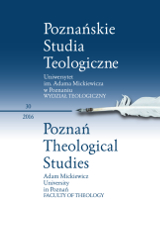
Expecting the arrival of the seventh millennium in 1836, Bolotov wrote in 1823 his eschatological treatise in which he first presented proofs of the immortality of the soul followed by his vision of the afterlife. The proofs were mostly traditional, with one of the relying very heavily on Jung-Stilling’s pneumatology. Bolotov also presented his vision of apocalyptic events: the first resurrection at the beginning of the seventh millennium, and at its end the second coming of Christ, the second resurrection, the last judgment, the end of the old world and the arrival of the new heaven and new earth. Bolotov also provided fairly detailed description of this new earth.
More...
The concept of the divine image in the patristic thought has a very rich tradition and a well developed semantics. In an exegetic interpretation one can find both a broad treatment of this concept and a very narrow one, the objective one. In the strict sense of this word, the Divine Image, on the image of whom was created man, is Christ, the Incarnate Logos, who has fulfilled the eternal, divine intent towards man and towards the whole creation, which was the divinisation and the state when God will be all in all (1 Corinthians 15:28).
More...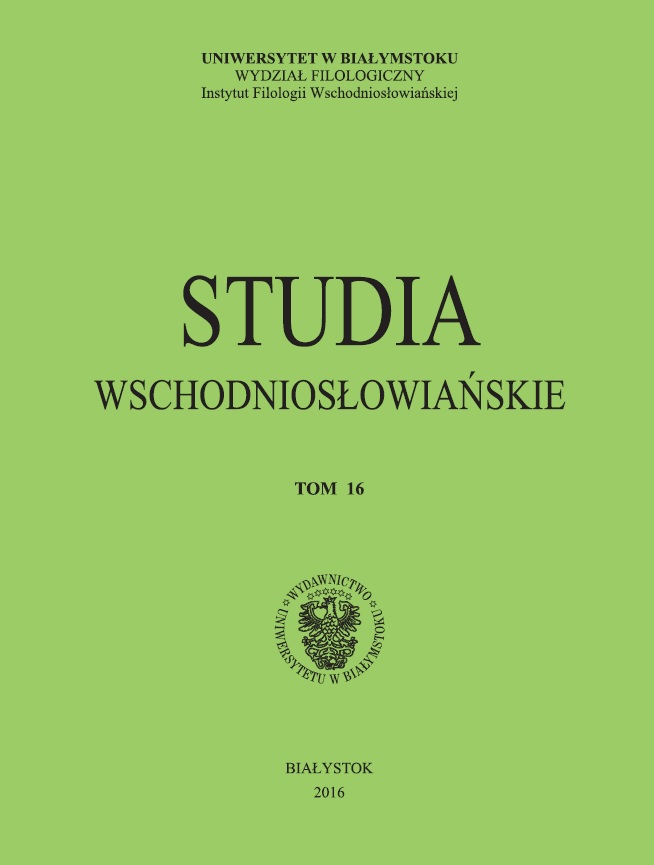
After World War II the United States was one of the largest centres of Belarusian emigrants in the West. Belarusian Orthodox emigration, which composed the majority among emigrants of Belarusian nationality (80%) was divided internally. Belarusian emigrants of the Orthodox faith were within the jurisdiction of two church organizations: the Belarusian Autocephalous Orthodox Church and the Belarusian Orthodox Church under the jurisdiction of the Patriarchate of Constantinople. The largest Belarusian parish in the jurisdiction of the Patriarchate of Constantinople was the parish of St Eufrozyna Polocka in South River (New Jersey), where Nicholas Lapicki was the parish priest. There were conducted organizational, religious, cultural and educational activities, including publishing one. In 1951–1988 the journal ‘Carkoŭny Svetač’ was issued, at first by pr. Nicholas apicki and since 1976 by pr. Sviataslav Kovš, the next parish priest of St Eufrozyna Polocka in South River. It belonged to one of the longest published religious periodicals of the Belarusian diaspora in the 20th century. In the journal the texts with religious, social, historical and cultural content were published. Thanks to the ‘Carkoŭny Svetač’ it is possible to reconstruct in detail the history of the Orthodox life of Belarusian emigrants in America.
More...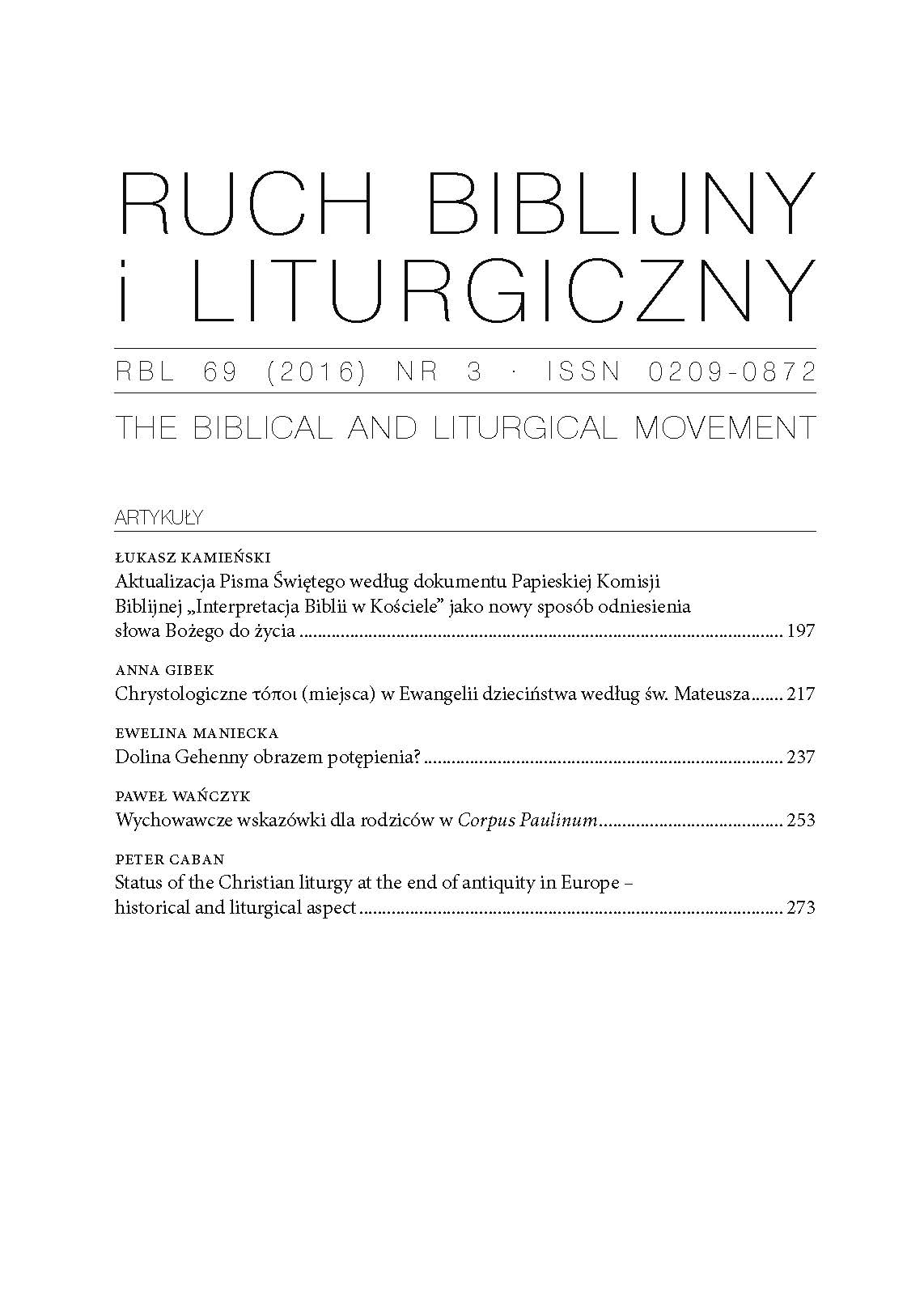
The article presents a specific ecclesiastical interpretation of the Bible within Orthodox theology and shows some difficulties of this approach from the point of view of Western theological thought. The article discusses the problem of the Orthodox biblical canon and the main difficulties associated with the division between „canonical” and „non-canonical” books. Then the text presents specific elements of Orthodox biblical exegesis, with emphasis on the community of the Church as its primary context. The article also touches the problem of biblical language, and especially importance attached to the text of the Septuagint as well as critical evaluation of certain modern translations of the Bible by Orthodox theologians. The text reveals the elements of the Orthodox approach to the interpretation of the Bible that are valuable for all Christian theological traditions as well as the main theological problems related to it.
More...